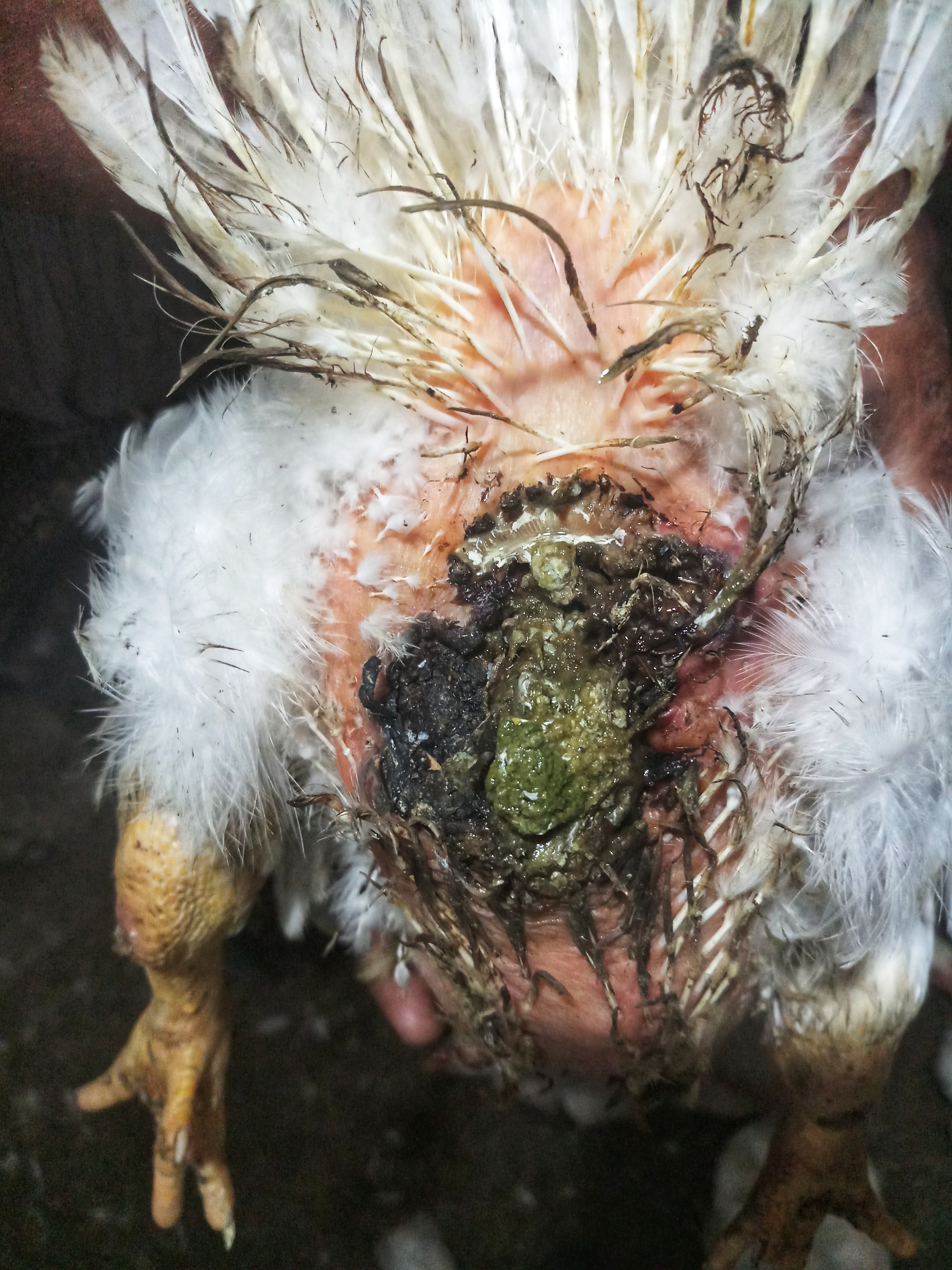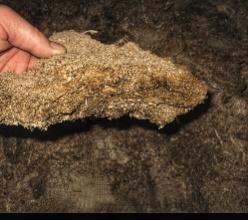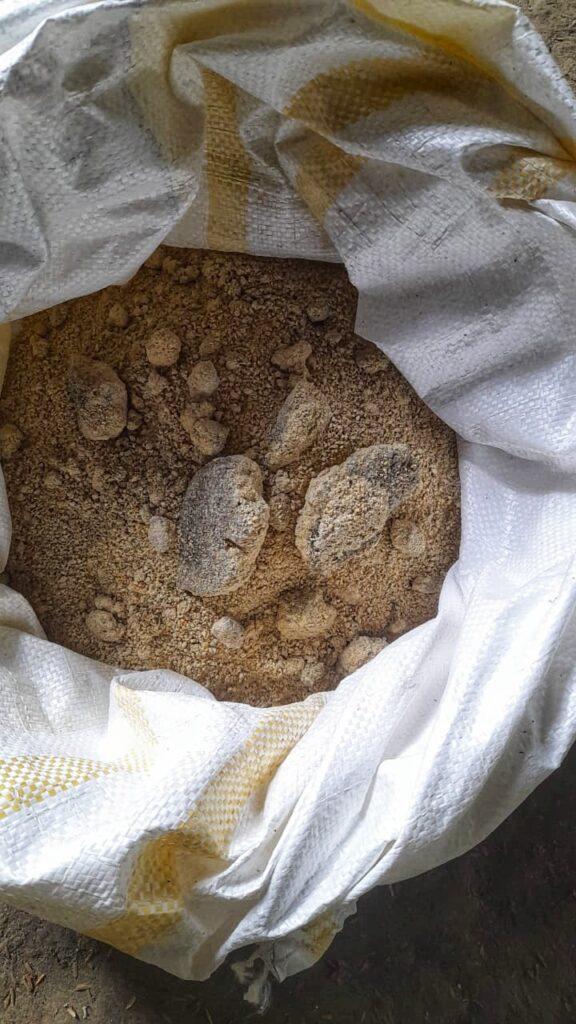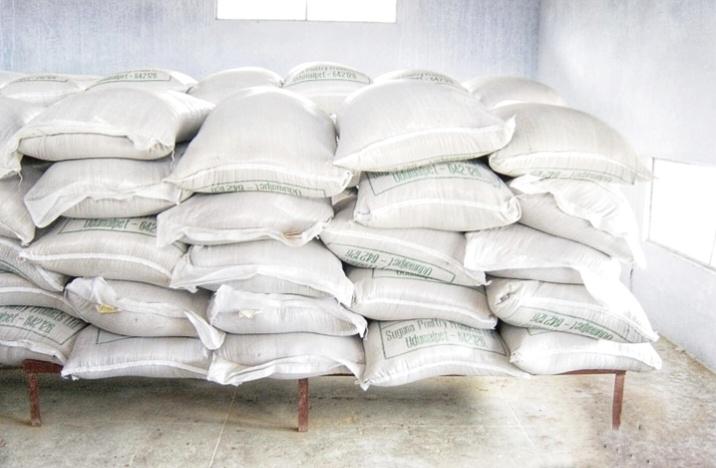
Usually, the term monsoon is used to refer to the rainy phase of a seasonally changing pattern. It is the time of year when most of a region’s average annual rainfall occurs. Monsoon comes with the challenges of high relative humidity and fluctuations of temperature. Extremes of weather are always harmful for living beings, especially monsoon that favours the propagation of different kind of pathogenic organisms like bacteria, virus, fungus, parasites and different vectors like flies, mosquitoes etc. This requires due considerations and appropriate measures in chicken farming for maintaining livability and efficient production.

Housing management: A well maintained shed helps minimizing the climatic stress and health challenges in birds. Before the ensuing monsoon the roof of the house, walls should be duly inspected and any kind of holes or leakages anywhere should be properly repaired. The drainage ditch around the shed should be clear. In the roofs, the side overhangs should be minimum 3 to 4 ft to prevent entry of direct rain water into the shed. The side walls of the empty shed should be completely covered with polythene curtains. Curtains should be in good condition and can easily be regulated depending on the ammonia concentration in the shed or rain intensity. Improper curtain management can result in poor ventilation in the shed leading to ammonia built up and associated issues like improper digestion, abnormal respiratory sounds, and high incidence of ascites. Allow a 1-2 ft opening at the top of side curtains during the day to ventilate ammonia and other undesirable gases out.
At least 10 ft outside the shed should be kept properly cleaned and free from bushes and grasses. If there is any water logging in the surrounding area it may cause a huge problem of insects in the poultry shed. Since monsoon is the breeding season for flies, there is always a big concern. Flies act as vector for many viral, bacterial and parasitic infections in poultry. Also, there is every chance of developing maggot wounds in case of loose drops/ pasty vents. Cleanliness along with judicious use of insecticides and regular bleaching powder& formalin spray (3-5%) outside the shed can keep the insect population under control.

Reduction in daylight hours (photoperiod) during the rainy season, can be alleviated by providing artificial light to maintain optimum feed intake and egg production.

Litter management: Litter is where the chickens spend all their life in deep litter system. Rice husk, saw dust and wood shavings are commonly used litter materials in poultry farming. Adequate care must be taken to manage litter. A good quality litter should be highly absorbent and should dilute the concentration of droppings. The litter thickness should be around 3 inches. Store at least 20% more litter material in a dry place to replace the wet litter material when required. There should not be any seepage from the floor wetting the litter. Wet and caked litter leads to high built-up ammonia in the poultry house. Ammonia is generated by chemical and microbial degradation of uric acid, which is excreted by the birds. The resulting ammonium ions (NH4+) are converted into volatile ammonia, especially under alkaline conditions, higher temperatures, higher moisture, and higher NH4+ concentration (Bittman and Mikkelsen, 2009). The maximum permissible level of ammonia in the litter is 25 ppm, though at 6 ppm concentration only, there will be irritation of the eyes & the respiratory tract and at 11 ppm reduced animal performance. Ammonia& other noxious gases irritate the eyes and by inhalation, damage the inner lining of the respiratory tract of the birds exposing them to infections. Wet litter causes growth of mould, bacteria, viruses &germination of coccidial oocysts leading to various diseases & poor performance. Wet litter is also responsible for breast blisters & sores on the foot pads & hocks of the birds and hence, cases of more refusal by lifters or traders. Normally the ideal moisture content of the litter should be 20- 25%. If the litter is too dry, the air becomes quite dusty and the respiratory system gets irritated and then easily invaded by microbes, in the process, the resistance against respiratory diseases goes down tremendously. Examine the litter regularly in monsoon, particularly where the drinkers are placed. The caked litter, if formed (indicating litter moisture> 40%), should immediately be discarded, and replaced with fresh litter. To get rid of this caked litter practice twice a day litter racking. To reduce the litter moisture, add 1 kg slaked lime and 150 gm bleaching powder per 100 ft2 floor area. Ceiling fan should be operated @ 1 per 300 birds in deep litter broiler farms. To prevent the growth of mould, new litter can be treated with 2% aqueous solution of copper sulphate spray. To assess the litter moisture at farm level, a sample of litter can be taken on the hand and pressed in the palm with the help of fingers. If the litter moisture is optimum, the compressed litter material shows crevices and gently falls apart. If the litter is too wet, it will form a cohesive ball or lump. If the litter is too dry, it will form no impression, it will crumble easily and fall apart.

Feed management: During monsoon, because of high temperature and relative humidity, birds may decrease their feed intake. Care should be taken while diet formulation about all the vital nutrients considering the seasonal impact on the feed intake.
Do not store feed for long in monsoon. The shelf-life of feed is shorter due to high humid condition in monsoon. Never allow feed in the bags to get heated up, and/or cake formation. These are preliminary signs of decompositions and mouldgrowth. If the feed is coming from a faraway place, make sure that the transport vehicle is completely closed and there is no water leakage inside the vehicle.4-5 days extra feed stock should be kept in the farm to avoid frequent transportation in rainy days.

The best way to store the feed bags is on Dunnage system. The feed bags should be stacked in an elevated platform using wooden/ bamboo pallet minimum 1 ft off the floor and away from the side walls to avoid any moisture contact and also there will be facility for free air movements under the bags. This will help to minimize the toxicity related issues. Try to maintain the FIFO system in feed distribution.

Avoid strictly use of wooden feed trough since it always leads to growth of moulds giving rise to toxin production. Plastic / polythene trough will be far better to use for easy cleaning and disinfectant purpose. Atleast once daily the feeder should be wiped with dry cloths.
Special care should be taken during feed formulation in monsoon while selecting the in feed anticoccidial and a broad-spectrum mycotoxin binder.
Water management: Drinking water quality is often an afterthought in many poultry farms. However, a clean, safe water supply can have a huge impact on flock performance. Water quality can be easily affected during rainy season especially the surface water. E. coliand other coliforms countin water is generally higher during this season. Contaminated water sources can easily cause outbreaks in chicken. So, it is essential to maintain regular water sanitation. Water sanitizers should be used with sufficient contact times and applied with an appropriate dosing. Acidification of drinking water lowers the pH and a lower water pH has been shown to reduce populations of bacteria, such as Salmonella, Campylobacter, and Clostridia in the crop before they reach the lower digestive system (Watkins S et al., 2004). Research shows that poultry prefers water with a pH ranging from 6 to 6.8. But a target can be taken to keep the drinking water pH around 5.0 to 5.5 to retard the growth of most pathogens. Acidified drinking water also can help mitigate the adverse effects of stress (Hamid H et al., 2018). Drinkers should be cleaned daily with detergents and bleaching powder to reduce the occurrences of water-borne diseases. Pipelines should be cleaned at least once in a week. This will help in reducing the biofilm formation inside the line. Oxidation- Reduction – Potential (ORP) is one method used to evaluate the ability of a sanitizer to be a strong oxidizer for destroying bacteria, viruses, and other organic materials present in water or for reacting with harmful minerals such as iron and manganese. An ORP value in the range of > 650 mv indicates good quality water that can effectively be sanitized by as little as 2-4 ppm free chlorine (Oviedo, 2006).

Disease control: The inclement weather during monsoon can cause birds’ immunity take a beating as infections are rampant and the increased humidity can contribute to several outbreaks. Insect population and rodent activities also increase during this time as a result of local crop growth. All together creates a huge challenge to the poultry farmers with high morbidity and mortality rates.
Below are some of the diseases commonly encountered in chicken rearing during the rainy season.
- Mycotoxicoses are diseases resulting from consumption or exposure to mycotoxins. Mycotoxins are secondary metabolites of certain filamentous fungi (primarily to the species of the Aspergillus, Penicillium, and Fusarium genera) found in grains, cereals and forages, that can cause serious health problems in animals, especially chickens. Mycotoxins affect all poultry species, mainly causing severe immunosuppression along with decreased weight gain, poor feed efficiency, reduced egg production and egg weight, liver, and kidney damages etc. Preventive measures, like proper monitoring of ingredients, limiting highly contaminated raw materials and use of a broad-spectrum toxin binder in the feed, can help a great extent reducing the risk of mycotoxins in poultry production.
- Inclusion Body Hepatitis (IBH) and Hydro-pericardium Syndrome (HPS) are highly contagious diseases caused by chicken Adeno viruses, predominantly in young broilers, characterized by haemorrhages & necrotic changes in liver and kidneys, accompanied by intra-nuclear inclusion bodies and hydropericardium resulting sudden onset of mortality with high FCR. Immunosuppressive diseases, like Infectious Bursal Disease (IBD) and Chicken Infectious Anaemia (CIA), help Adeno viruses to produce IBH. Both live and inactivated vaccines are available for control. Strict bio-security measures at farm level must be implemented to restrict horizontal transmission.
- Infectious bursal disease (IBD) or Gumboro disease is a highly contagious viral disease of young chickens characterised by depression, watery diarrhoea, ruffled feathers, and dehydration. The virus infects immature B-lymphocytes and causes an immune suppression that leads to secondary infections in convalescent birds. The infection spreads easily from bird to bird by way of droppings. Infected clothing and equipment are means of transmission between farms. In monsoon, the disease may be further complicated with mycotoxicoses. There is no such treatment. Vaccination of breeders and young chicks is the best means of control.
- Coccidiosis is one of the biggest causes of economic losses in poultry worldwide. It is caused by a protozoan parasite Eimeria spp. in poultry. The disease course is rapid (prepatent period 4–7 days) and is characterized by parasite replication in host cells with extensive damage to intestinal mucosa. In monsoon, wet litter, oxygen and warm temperature create the ideal environment to induce sporulation of the coccidian oocysts and therefore, the outbreak of coccidiosis. Clinical form of the disease is generally characterised by defective digestion and absorption, diarrhoea, blood loss, dehydration, increase susceptibility to other diseases. The main financial losses are caused by the subclinical form of the disease, leading to poor performances. Treatment is costlier, so control should be followed in broiler chicken. Anticoccidial compounds are used in feed to prevent disease and the economic loss often associated with subacute infection. At farm level, during terminal disinfection, using 10% liquor ammon forte (0.89%), i.e.,2.5 lit liquor ammon forte in 25 lit of water per 1000 ft2of shed can reduce the chance of occurrence of coccidiosis in the next flock to a great extent.
- Necrotic enteritis (NE) is the most common and financially devastating bacterial infection in modern broiler flocks. Necrotic Enteritisis caused by the Gram+, toxin forming, spore forming, anaerobeClostridium perfringens found in soil, litter, dust and at low levels in the hind gut of healthy birds. Chickens infected with coccidiosis are more likely to develop the disease. 2 to 5week old broiler chickens raised on litter are more prone to the acute clinical form, showing severe depression, reluctance to move, diarrhoea, ruffled feathers and sudden death and increased mortality. The subclinical form produces no outward signs but has big impact on performance, like weight loss, reduced weight gain and impaired FCR. For decades, antibiotic growth promoters, like BMD, enramycin, lincomycin, avilamycin have been used on a regular basis to prevent necrotic enteritis. On chicken farms, heating the humid litter considerably decreases the number of viable spores. Adding consortium of probioticsto feed is the most effective and sustainable solution in both preventing and treating clinical necrotic enteritis, presumably by competitive exclusion of C. perfringens.
- Colibacillosis is caused by infection with avian pathogenic Escherichia coli (APEC). It is an ever-green disease in poultry and considered among the most economically devastating bacterial diseases of poultry worldwide. During rainy season, E. coliis transmitted to chickens mainly from faecal contamination of water. Immunosuppression from IBD &/or aflatoxicosis makes the bird more susceptible to the infection. Antibiotics based on antibiotic sensitivity test can be used for treatment. Prevention of colibacillosis relies on good hygiene management, hatching egg managementand drinking water management practices like proper water sanitization, regular cleaning of drinkers, pipelines and tanks etc.
- Aspergillosis, popularly known as brooder pneumonia is an upper respiratory tract infection of young chickens caused by the fungus Aspergillus fumigatus. Transmission is by inhalation of fungus spores from contaminated litter (e.g., damp saw dust, wood shavings, straw) or contaminated feed. Hatcheries may also contribute to infection of chicks. Symptoms include respiratory distress (dyspnoea and gasping), sleepiness, emaciation etc. There no specific treatment for infected birds. Use of 1: 2000 copper sulphate solution mixed with vinegar (acetic acid) in drinking water has shown some results in checking initialmortality. Strict hatchery hygiene, litter management with 2% CuSO4 spray, proper ventilation and adopting strict bio-security measures can reduce the chance of infection.
Last Few Words
Monsoon wields unprecedented challenges to the poultry farmers in India, necessitating the implementation of effective strategies. By following effective farm management techniques, bio-security measures and adopting judicious nutritional approach poultry producers can overcome the myriad challenges and maintain productivity level in the farm.